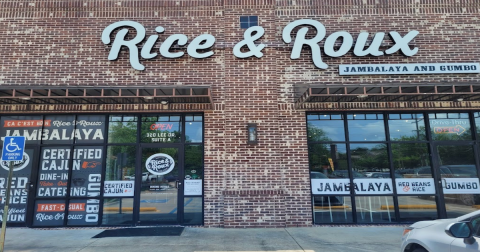9 Questions The Rest Of The Country Has For Louisianians
If you’ve spent any time outside of the state, chances are you’ve been bombarded with questions about all of the little things that make Louisiana so unique. Well we’ve answered some of the most popular questions out-of-towners have about the Pelican State, so next time anyone asks, you can just send them this article!
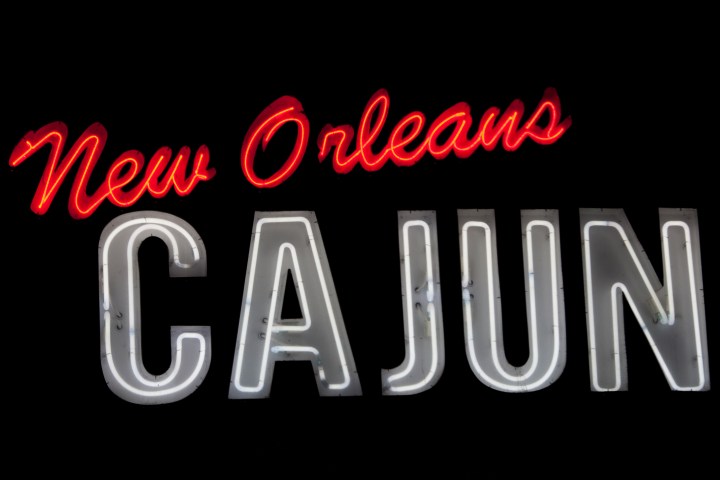
In the simplest of terms, Cajun refers to the descendants of French-Canadian settlers who settled in Nova Scotia in the early 1600s. After about 150 years of living in Nova Scotia, the Acadians were driven out once Canada fell to British rule. A large number of them ended up in Louisiana and settled in the area south and west of New Orleans. Over the years the term Acadian morphed into Cajun. The term "Creole" is slightly more complex, but in its simplest terms, a Creole was "born in the colonies". Over the years the term came to refer to people of European descent who were born in the French and Spanish colonies, and then later included people of African and Native American descent.
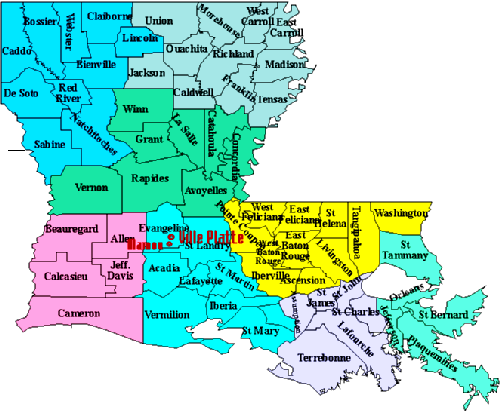
Originally, Louisiana was the territory of Spain and then France, both Roman Catholic countries. Both countries divided their lands according to church parish boundaries, and after Louisiana became a part of the United States, no one ever changed it, so we still use it today.
Advertisement

They’re slow-moving bodies of water. Since they’re normally found in very flat regions, Louisiana has several.
Advertisement
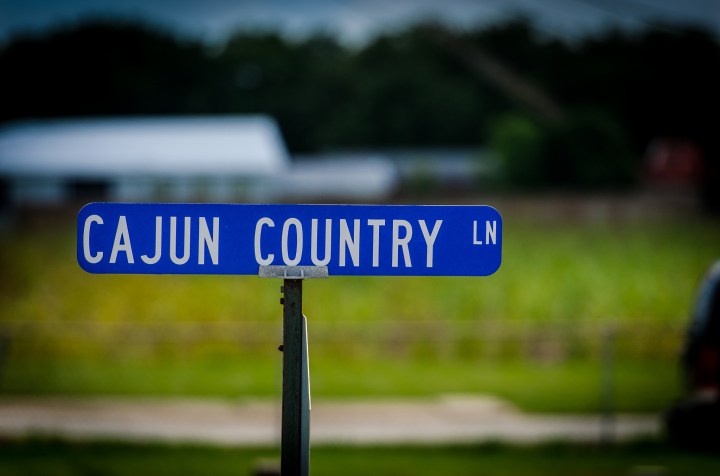
You’ll find that Cajun French is still spoken in Cajun Country and surrounding areas, sure. It’s a slightly different dialect than the French you probably learned in school, though.
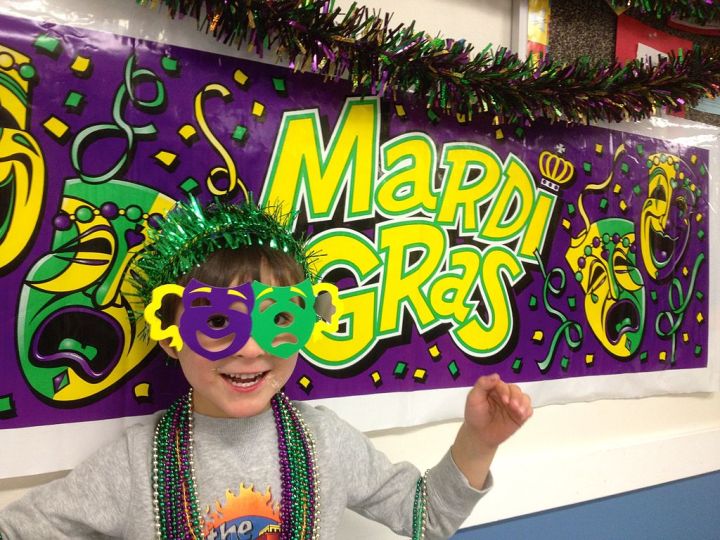
It varies every year. Mardi Gras Day for 2018 is February 13th.
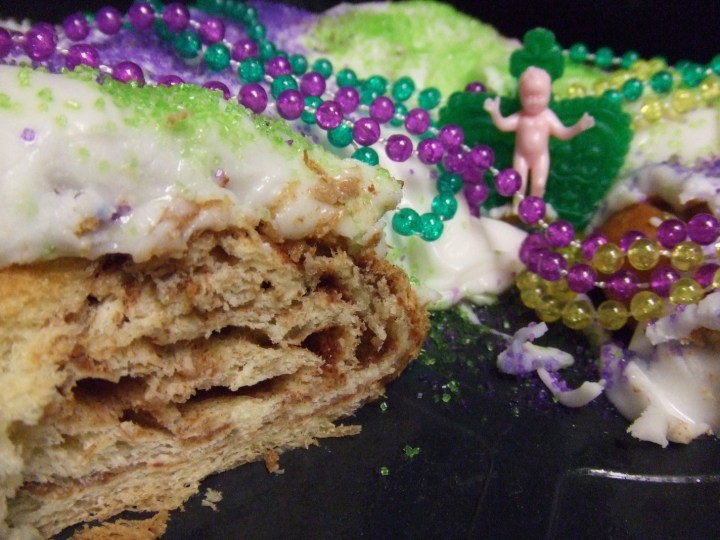
This delicious dessert can be found during Mardi Gras season. There are several flavors, but the traditional is probably the most popular—cinnamon, although variations may be stuffed with cream cheese, jam, or several other flavors. The colors on the top are the official colors of Mardi Gras, and they each have a significant meaning: purple stands for justice, green is for faith, and gold symbolizes power.
The history of that little plastic baby goes back to the late 1800s in France. According to historians, the tradition started in the late 1800’s with a golden bean. A golden bean was baked into a cake and served to two women, and the one that found the bean was crowned queen. The symbolism has morphed a bit through the years, and these days, if you find the baby, you have to buy the next king cake. (Although these days it’s rare to find a bakery that will actually bake the baby in the cake. Usually they are placed on top of the cake, or somewhere visible.)
The history of that little plastic baby goes back to the late 1800s in France. According to historians, the tradition started in the late 1800’s with a golden bean. A golden bean was baked into a cake and served to two women, and the one that found the bean was crowned queen. The symbolism has morphed a bit through the years, and these days, if you find the baby, you have to buy the next king cake. (Although these days it’s rare to find a bakery that will actually bake the baby in the cake. Usually they are placed on top of the cake, or somewhere visible.)
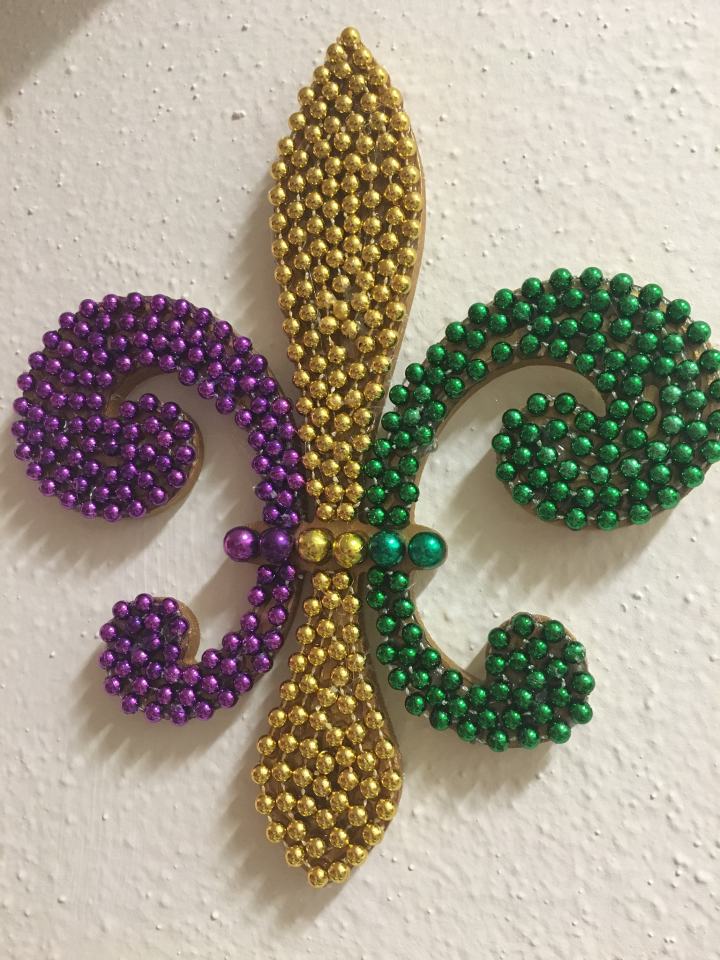
After you’ve been to a parade, you’ll have a lot of beads, dabloons, stuffed animals, and other trinkets that you’ll wonder what you should do with. Well, if you or someone you know are riding in an upcoming parade, it’s best to save them so you don’t have to purchase new stuff. Mardi Gras cups are the holy grail of throws, and everyone keeps those to use throughout the year. Several people upcycle their beads and use them for crafting purposes, but if none of those seem like practical options for you, you can always recycle them.
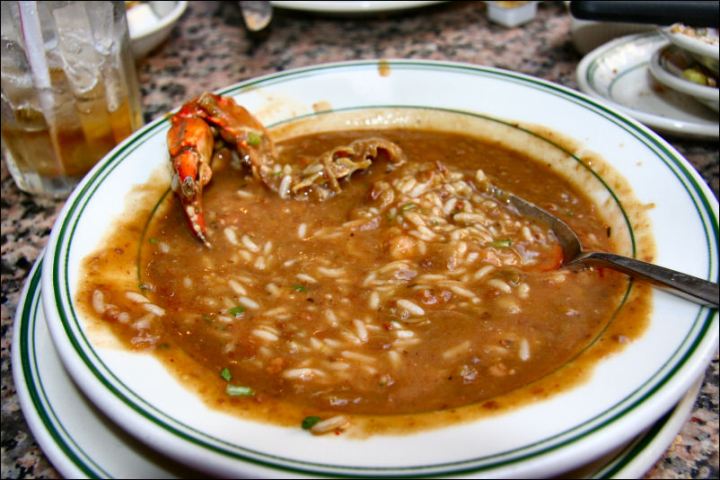
A delicious stew/soup with Cajun and Creole roots. Popular variations include seafood, chicken & sausage, or even duck. Often categorized by the type of thickener used: okra, file powder, a roux, or a combination of the three. Traditionally served over rice, this classic dish is a must-try if you visit Louisiana.
Advertisement
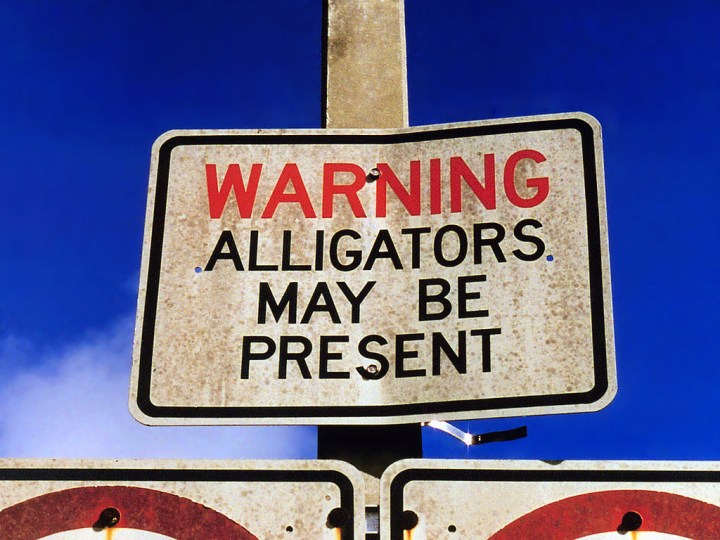
Not necessarily. You won’t see them just strolling down main street, but if you find yourself near a body of water, chances are high that there’s a gator or two in it. And if you see a sign cautioning you for alligators—pay attention.
Did you learn anything? Let us know in the comments below!
OnlyInYourState may earn compensation through affiliate links in this article. As an Amazon Associate, we earn from qualifying purchases.


